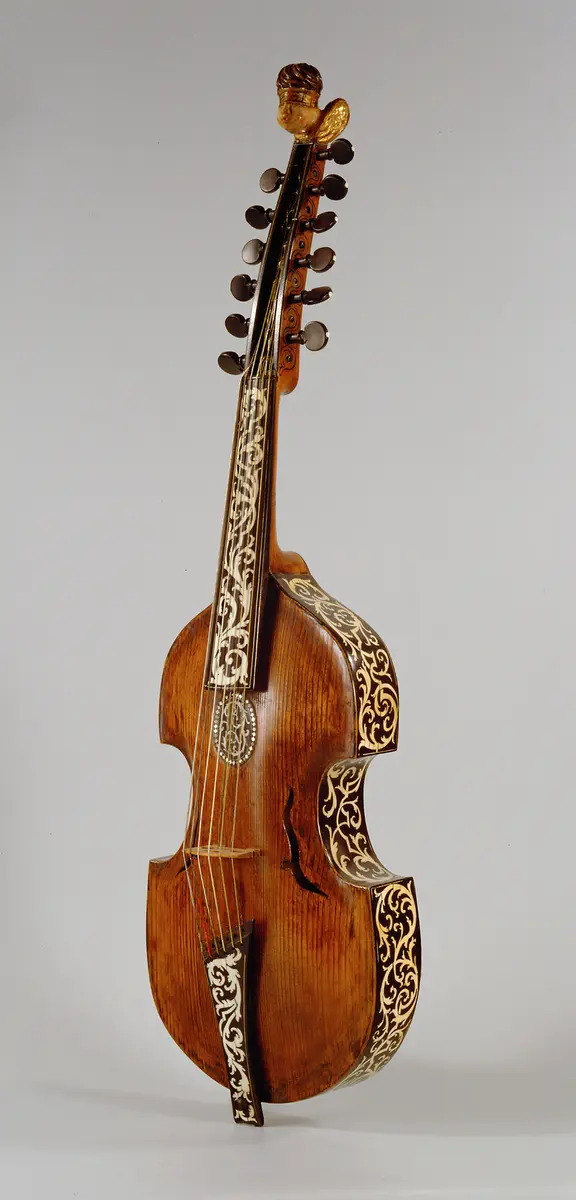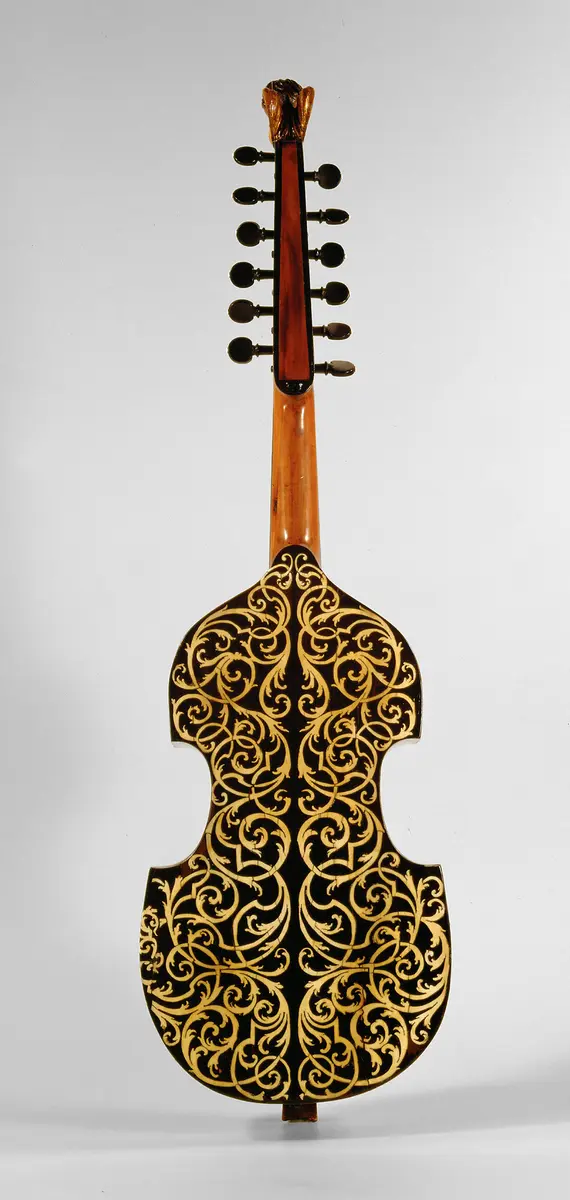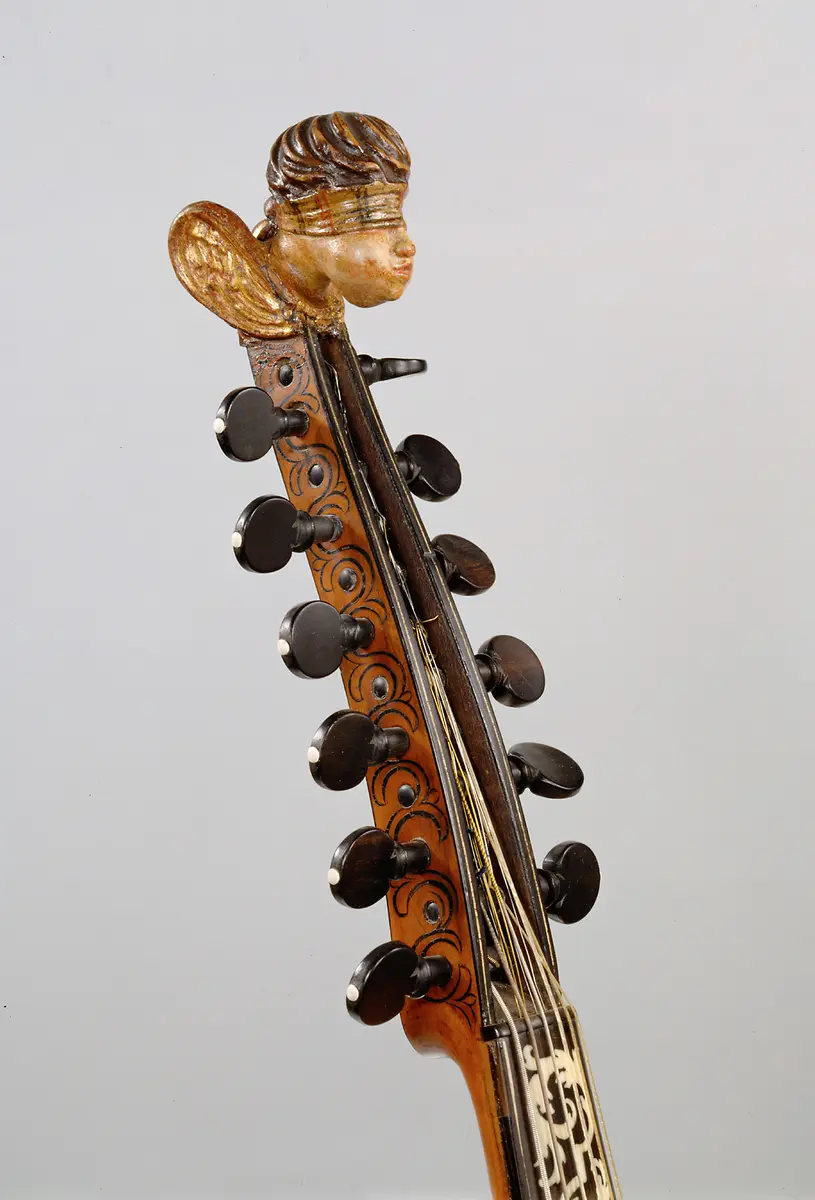Manufacturer:
anonym
Time:
early 18. century
Object Name:
Viola d'amore
Culture:
Southern Germany (assigned)
Dimensions:
785 mm x 410 mm x 90 mm
Copyright:
Kunsthistorisches Museum Wien, Sammlung alter Musikinstrumente
Invs.:
Sammlung alter Musikinstrumente, 397
Alte Inv.Nr.:
KK_8974


